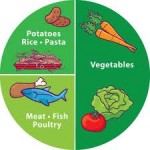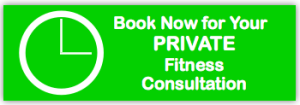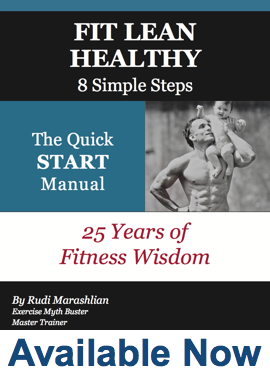Is there a right way to eat anything? It seems like there are so many choices in ways to eat, what to eat, how many times a day you should eat, what combinations of nutrients you should eat that it can get downright confusing. A lot of people are trying to lose weight. What is the right way to eat to lose weight?
First, let’s define the word “calorie”. Everyone’s heard of them but you’d be surprised at how many people don’t really know what a calorie is. A calorie is a unit of energy (specifically the energy needed to raise the temperature of 1 gram of water through 1 degree celsius).
- Our bodies burn energy to stay alive, to breathe, to move, and so on. Obviously the more you move, the more energy you burn and that energy is measured by an amount of calories.
- We eat food and food has energy (an amount of calories depending on what the food is).
- The very simple formula for losing weight is this: Calories consumed have to be less than calories burned. If you do the opposite (eat more calories than you burn) you put on weight.
This is not a new idea, it’s been around for a long time and it turns out, it works. It doesn’t even particularly matter what you eat – check out the professor who lost 27 pounds on the “Twinkie Diet”. The point he made wasn’t that it was healthy necessarily, but that he was able to lose weight by eating fewer calories than he used throughout the day.
The trick to long term weight loss is PERSISTENCE. If you take a look at the National Weight Control Registry data where registry members have lost an average of 66 pounds and kept it off for 5.5.years, most members report continuing to maintain a low calorie, low fat diet and doing high levels of activity.
So you have to find a way of eating that you can maintain for a long time, maybe even a lifetime, not just a month or a few weeks. And you do have to make changes in how you eat, what you eat and very definitely, how much physical activity you do.
Here are a few tricks you can use:
1. Use a smaller plate when you eat a meal
2. Put vegetables (greens, salad vegetables – but not starchy vegetables like potatoes) on half of your plate. Use the other half of your plate for equal amounts of grains and starchy vegetables on one side, and protein on the other side
3. Eat the vegetables first – all of them. Then the protein and lastly the heavy carb-loaded grains or potatoes.
By the time you get to the end of your meal you’ll be satisfied (eating the vegetables first ensures you start feeling full by the time you get to the end of your meal). Most likely you’ll have to eat slower because it’s harder to eat vegetables, especially raw ones, than to scoff down an all-in-one meal like a burger. It takes time for your body to recognize it’s full and this way of eating helps it do just that.
So what’s the RIGHT way to eat anything? On a plate in the way described above and for an extended period of time.
Tracey Thatcher




